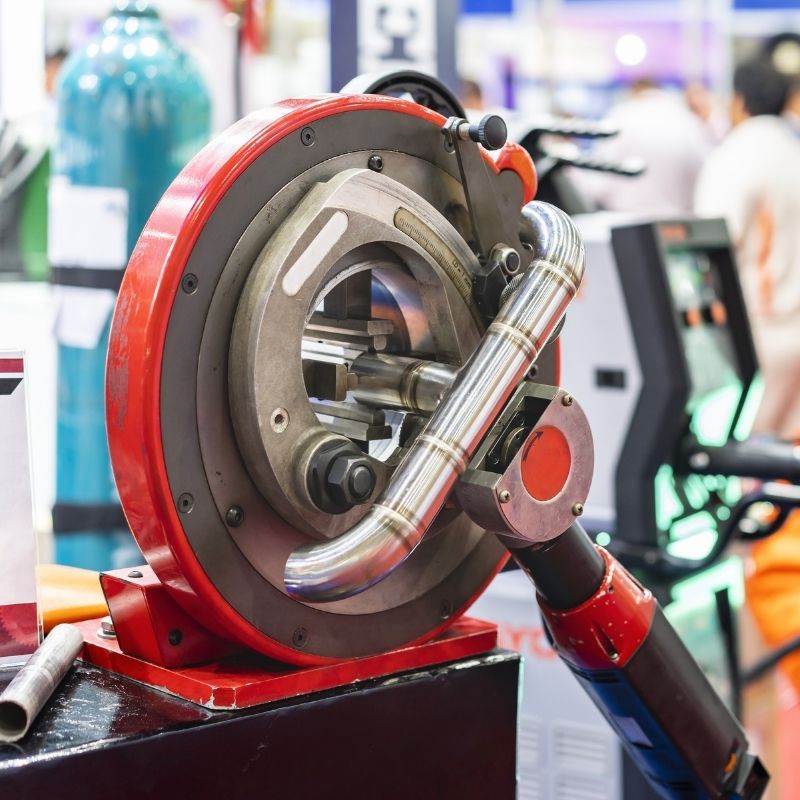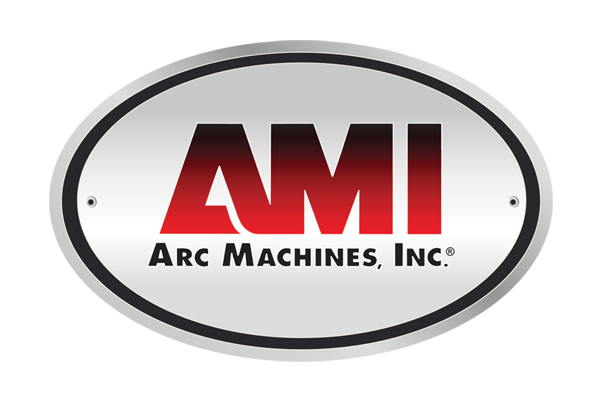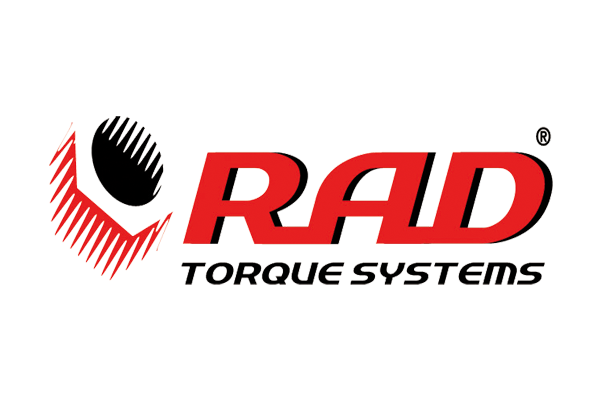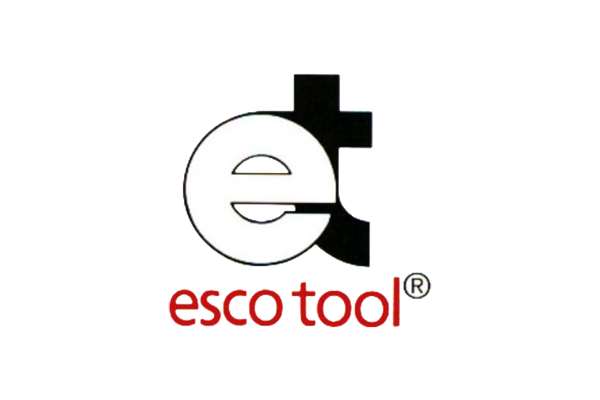6 Advantages of Orbital Welding Versus Manual Welding

Upon hearing the term “welder” in conversation, distinguishing whether it refers to a machine or its lead operator is oftentimes arduous. Ultimately the distinction between man and machine in present-day welding form lies in the completed results of a precise project.
Orbital welding systems have a level of straightforward consistency—one of such caliber that even the masters of manual welders cannot identically replicate. Given the high-skill requirements and quality challenges of manual welding, orbital welding comprises unequivocal advantages for myriads of modern industries. For refined operations and outcomes, let’s examine six advantages of orbital welding versus manual welding.
Elevated Weld Quality
Quality matters—and quality reliability matters most. Within the welding field, each transitory century has brought about a greater apex and streamlined process. Welders of the forgone past couldn’t have fully conceived our modern-day advances of automation.
The output of welding automation closely monitors and precisely controls the parameters of a project’s processes. Because of the clear-cut consistency of results, a slew of today’s industries uses these automatic processes to meet strict research, design, development, or production requirements.
Error Minimization Through Consistency
Consistency correlates directly to quality. In manual welding, certified welders leave levels of variability between welds by nature. Orbital welding distinctly differs, as skilled technicians have the ability to set the orbital equipment to specified programs. The automatic system can identify the proper balance between gravitational force and surface tension during a weld to reliably repeat the same welds again and again, without risk of error.
User-Friendly Ease of Use
There’s a prevalent shortage of accomplished, expert manual welders. Manual welding customarily requires long and tedious training programs for operators to learn specialized processes for large-scale projects. Conversely, orbital welding produces saves on labor, as the automated equipment is completely operable in the control of skilled technicians. For the welder, orbital equipment is powerful yet easy to learn.
Cost-Effective Efficiency
Out of the six advantages of orbital welding versus manual welding, cost reduction is a major consideration on the list. The mechanization of the process reduces production and repair time compared to traditional manual welding practices. Ergo, this technology increases comprehensive cost savings.
Higher-Grade Productivity
Consistent and clean welds created by orbital equipment efficiently streamlines the entirety of the process. Orbital welds have the capability to decrease production time through a superiorly operative use of labor. The machinery efficiently performs the majority of the work—these automation systems trim down lead time long-term.
Situational Practicality
From an engineering standpoint, orbital welding is ideal for customized and high-pressure applications. Applicable in the sum of situations, welders can safely use the equipment in confined spaces, higher-risk environments, or high-spec projects.
SEC Industrial is a reputable resource for orbital welding, beveling, cutting, and torqueing equipment. We sell and rent our specialty tools and orbital welding equipment to assist a plethora of industries. These sectors include mining, oil, gas, aerospace, shipbuilding, and heavy construction. With innovative approaches and end-user mindfulness for our clients, SEC ensures an unrivaled level of service and support. Contact us with any inquiries regarding our products and services.








